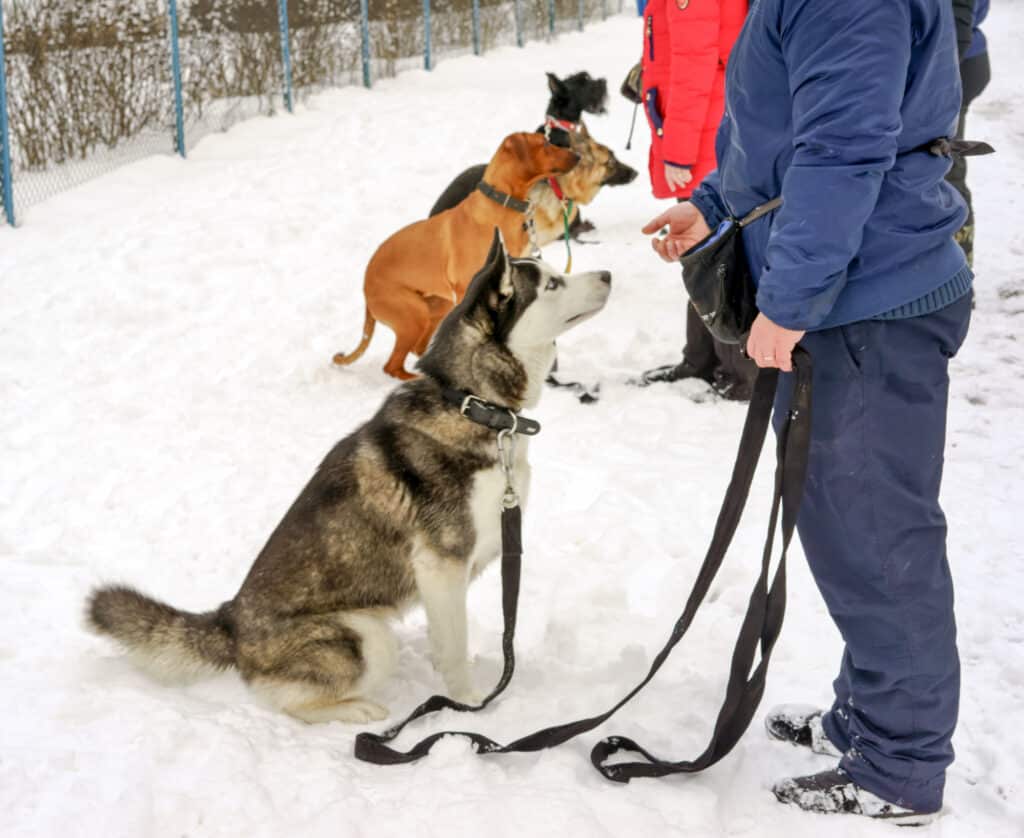
Positive reinforcement is a powerful tool in dog training. It involves adding a reward after a behavior, making the behavior more likely to occur in the future. This article will explore nine results of positive reinforcement in dog training.
1. Increased Frequency of Desired Behavior
The primary result of positive reinforcement training is an increase in the frequency of the desired behavior. When a behavior is followed by a reward, it becomes more likely to be repeated. For example, if a dog gets a treat every time it sits on command, it’s more likely to sit when asked in the future.
2. Improved Learning Speed
Positive reinforcement is known to speed up the learning process. The clear association between the behavior and the reward helps the dog understand what is expected quickly. This makes positive reinforcement an effective method for teaching new commands or behaviors.
3. Enhanced Motivation
Positive reinforcement enhances motivation. The prospect of earning rewards encourages the dog to perform the desired behavior. This increased motivation leads to improved performance and persistence in the face of challenges.
4. Strengthened Bond Between Owner and Dog
In a training context, positive reinforcement can strengthen the bond between the owner and the dog. It builds trust and fosters a positive training environment, which can make the training process more enjoyable and effective.
5. Reduced Need for Punishment
With positive reinforcement, there’s less need for punishment. By focusing on encouraging desirable behaviors rather than punishing undesirable ones, you can achieve behavioral change in a more positive and less stressful way.
6. Development of Problem-Solving Skills
Positive reinforcement encourages dogs to find ways to earn rewards, fostering problem-solving skills. It promotes a mindset of “What can I do to earn the reward?” rather than “What should I avoid to not get punished?”
7. Boosted Confidence
Earning rewards for good behavior can boost a dog’s confidence. It sends the message that the dog is capable and valued, which can have a positive impact on their overall attitude and performance.
8. Promotion of Long-Lasting Behavioral Change
Positive reinforcement promotes long-lasting behavioral change. The positive associations created through this method make the desired behavior more likely to be maintained even after the training has ended.
9. Improved Mental Health
Positive reinforcement can contribute to improved mental health in dogs. It creates a positive learning environment and reduces stress associated with punishment or fear of making mistakes. This can lead to increased happiness and well-being in your dog.
In conclusion, positive reinforcement in dog training offers numerous benefits. It not only increases the frequency of desired behaviors and speeds up the learning process but also enhances motivation, strengthens the bond between owner and dog, reduces the need for punishment, and fosters problem-solving skills. Furthermore, it boosts confidence, promotes long-lasting behavioral change, and contributes to improved mental health in dogs. These results highlight the power and effectiveness of positive reinforcement in shaping dog behavior.



